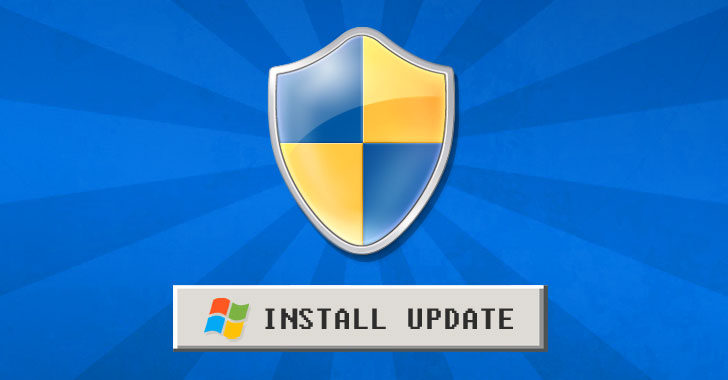
Critical Patch Released for 'Wormable' SMBv3 Vulnerability — Install It ASAP!
10 High
CVSS3
Attack Vector
NETWORK
Attack Complexity
LOW
Privileges Required
NONE
User Interaction
NONE
Scope
CHANGED
Confidentiality Impact
HIGH
Integrity Impact
HIGH
Availability Impact
HIGH
CVSS:3.1/AV:N/AC:L/PR:N/UI:N/S:C/C:H/I:H/A:H
7.5 High
CVSS2
Access Vector
NETWORK
Access Complexity
LOW
Authentication
NONE
Confidentiality Impact
PARTIAL
Integrity Impact
PARTIAL
Availability Impact
PARTIAL
AV:N/AC:L/Au:N/C:P/I:P/A:P
Microsoft today finally released an emergency software update to patch the recently disclosed very dangerous vulnerability in SMBv3 protocol that could let attackers launch wormable malware, which can propagate itself from one vulnerable computer to another automatically.
The vulnerability, tracked as CVE-2020-0796, in question is a remote code execution flaw that impacts Windows 10 version 1903 and 1909, and Windows Server version 1903 and 1909.
Server Message Block (SMB), which runs over TCP port 445, is a network protocol that has been designed to enable file sharing, network browsing, printing services, and interprocess communication over a network.
The latest vulnerability, for which a patch update (KB4551762) is now available on the Microsoft website, exists in the way SMBv3 protocol handles requests with compression headers, making it possible for unauthenticated remote attackers to execute malicious code on target servers or clients with SYSTEM privileges.
Compression headers is a feature that was added to the affected protocol of Windows 10 and Windows Server operating systems in May 2019, designed to compress the size of messages exchanged between a sever and clients connected to it.
“To exploit the vulnerability against a server, an unauthenticated attacker could send a specially crafted packet to a targeted SMBv3 server. To exploit the vulnerability against a client, an unauthenticated attacker would need to configure a malicious SMBv3 server and convince a user to connect to it,” Microsoft said in the advisory.
At the time of writing, there is only one known PoC exploit that exists for this critical remotely exploitable flaw, but reverse engineering new patches could now also help hackers find possible attack vectors to develop fully weaponized self-propagating malware.
A separate team of researchers have also published a detailed technical analysis of the vulnerability, concluding a kernel pool overflow as the root cause of the issue.
As of today, there are nearly 48,000 Windows systems vulnerable to the latest SMB compression vulnerability and accessible over the Internet.
Since a patch for the wormable SMBv3 flaw is now available to download for affected versions of Windows, it’s highly recommended for home users and businesses to install updates as soon as possible, rather than merely relying on the mitigation.
In cases where immediate patch update is not applicable, it’s advised to at least disable SMB compression feature and block SMB port for both inbound and outbound connections to help prevent remote exploitation.
Found this article interesting? Follow THN on Facebook, Twitter and LinkedIn to read more exclusive content we post.
10 High
CVSS3
Attack Vector
NETWORK
Attack Complexity
LOW
Privileges Required
NONE
User Interaction
NONE
Scope
CHANGED
Confidentiality Impact
HIGH
Integrity Impact
HIGH
Availability Impact
HIGH
CVSS:3.1/AV:N/AC:L/PR:N/UI:N/S:C/C:H/I:H/A:H
7.5 High
CVSS2
Access Vector
NETWORK
Access Complexity
LOW
Authentication
NONE
Confidentiality Impact
PARTIAL
Integrity Impact
PARTIAL
Availability Impact
PARTIAL
AV:N/AC:L/Au:N/C:P/I:P/A:P
